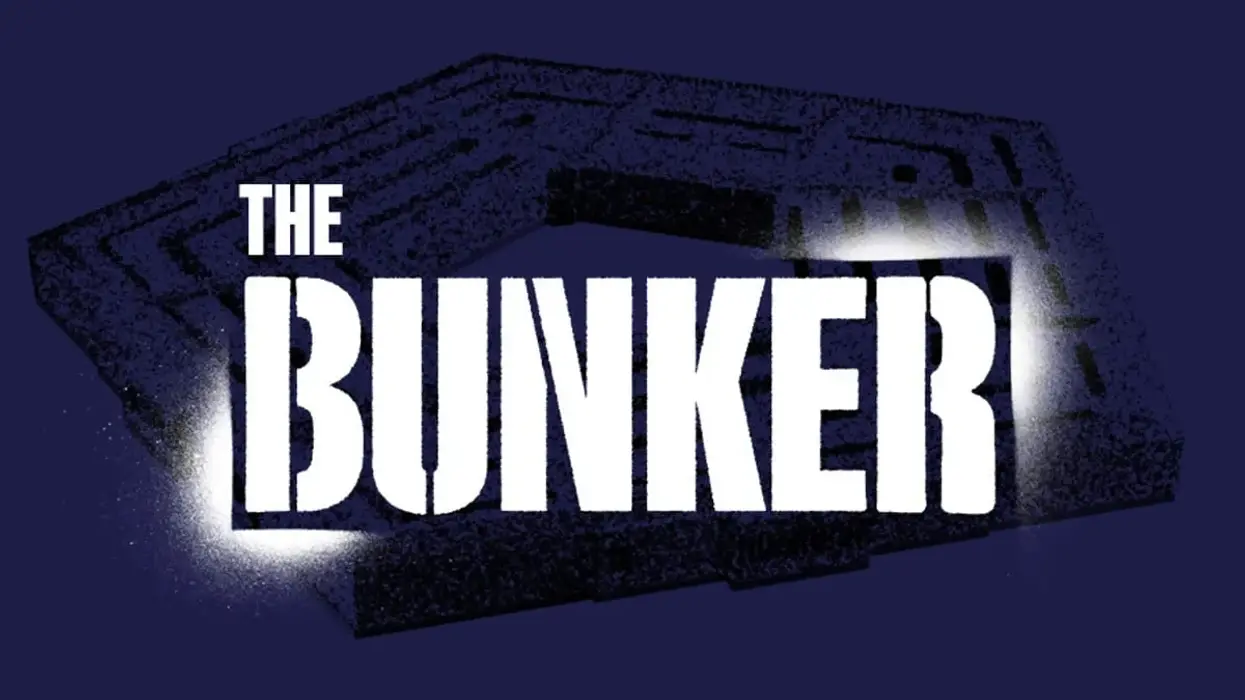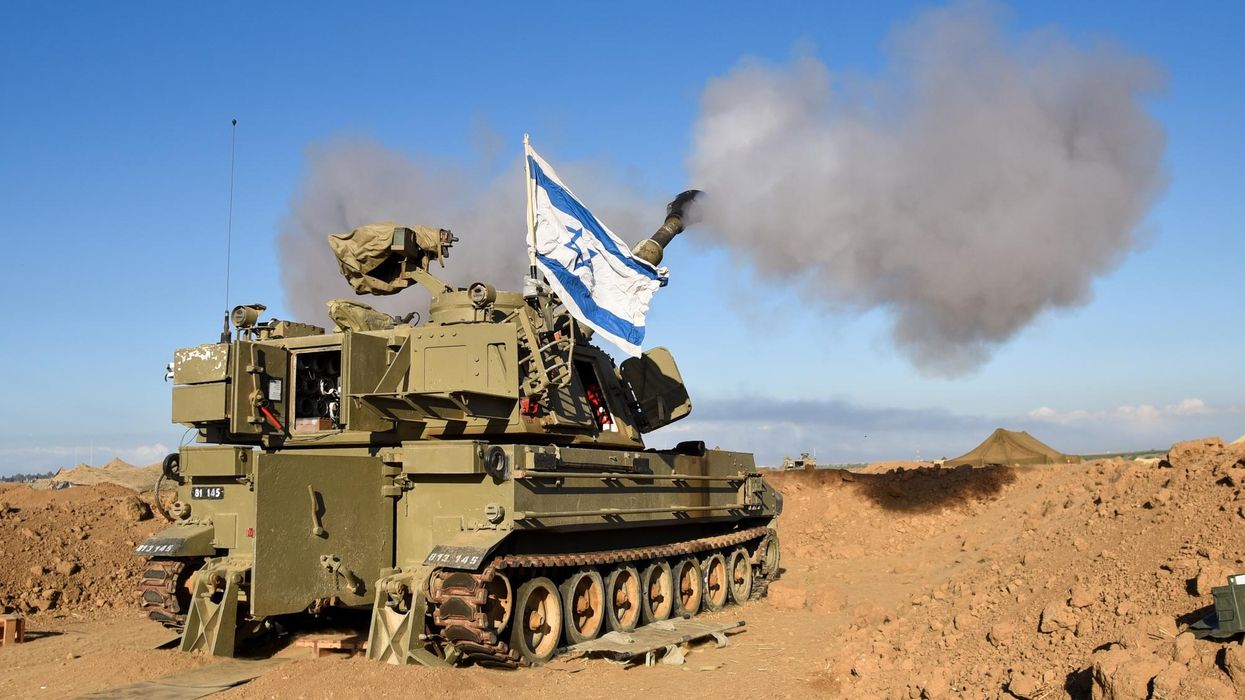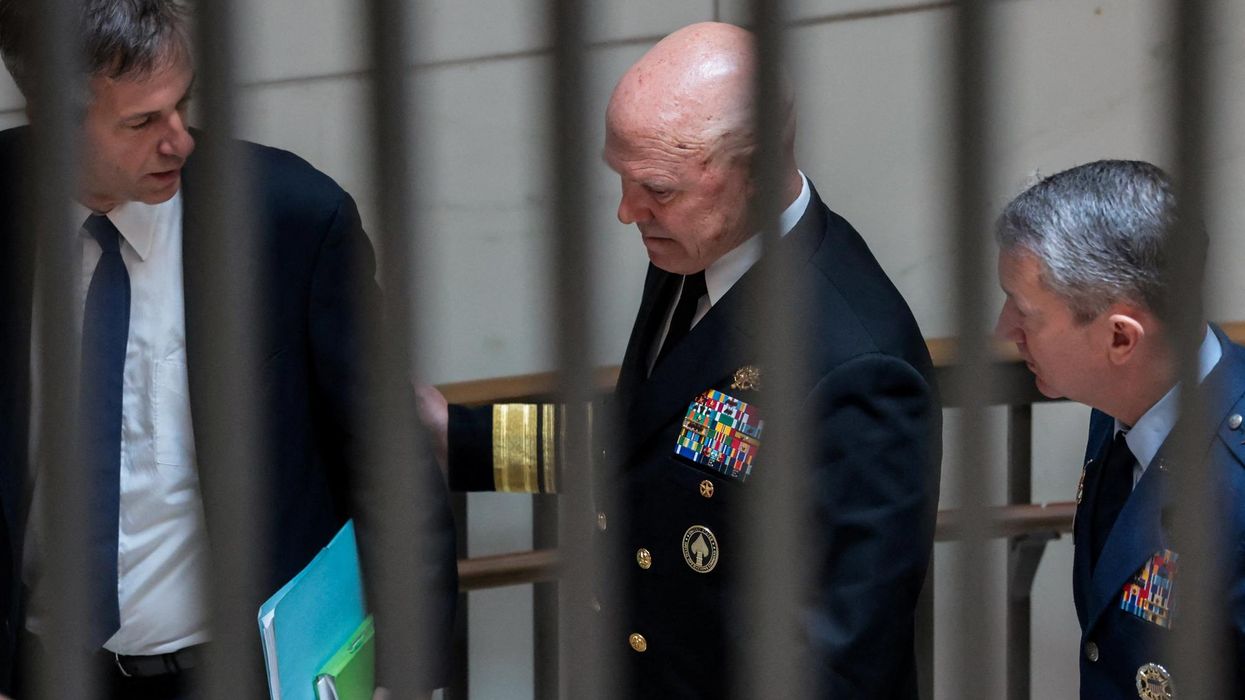Is the Ukraine really in a ‘stalemate’? Experts warn that it is worse than that.
Ukraine’s summer counteroffensive, heralded by Kyiv and some Western observers as a turning point in the war, has failed to deal anything approaching a decisive blow to Russian forces in Ukraine.
By most measures, Ukraine’s Armed Forces (AFU) have made only modest progress in dislodging Russian troops from their entrenched positions in the country’s south. When compared against assessed Russian advances in the same period, Ukraine’s counteroffensive appears even less impactful.
Further still, as observed by Foreign Affairs, “Russia has actually gained more territory over the course of 2023 than Ukraine has.”
The AFU appears no closer to achieving one of its potential victory conditions — namely, retaking the southern city of Melitopol with the aim of making Russia’s presence in Crimea untenable — in late November 2023 than it was at the beginning of summer.
The Ukrainians’ lack of meaningful battlefield progress, coupled with the war’s mounting costs to the country and its Western backers, has increasingly spurred conclusions that the war is headed for — or is already in — a stalemate. These views were lent credence by as authoritative a figure as Valerii Zaluzhnyi, the AFU’s Commander-in-Chief, who bluntly stated in an interview with the Economist earlier this month that the war has entered a “stalemate” and warned observers not to expect a “deep and beautiful breakthrough.”
Yet the widespread view that the war has entered a stalemate, and many of the policy prescriptions stemming from this notion, have invited a growing degree of expert scrutiny. “I see no durable or stable stalemate at this stage,” said Michael Kofman, a senior fellow in the Russia and Eurasia Program at the Carnegie Endowment for International Peace. “The present inability of either side to establish a decisive advantage is not structural. Extrapolating from the present phase of the war into the future is an exercise fraught with error in my view,” Kofman added.
George Beebe, Director of Grand Strategy at QI, highlighted the perils of extrapolating a “stalemate” from the current lack of significant battlefield movements in Ukraine. “Those who believe this war has settled into a long-term stalemate make the mistake of measuring the relative progress of each side with maps. They see that the frontlines have not moved significantly over the last year and conclude that the sides are stalemated,” Beebe told me.
“But other metrics, though, paint a different picture. Ukraine is using up its quite limited supplies of men, weapons, and ammunition, and the West cannot provide what Ukraine needs. That is not a formula for stalemate; it's a formula for Ukraine's eventual collapse or capitulation,” he continued.
A purely cartographical view of the Ukraine war neglects key military factors, including differentials in manpower and resources, attrition rates, and logistics challenges, that many experts say are not unfolding in Ukraine’s favor.
“Despite everything that’s happened, despite all the stuff we have given, the Bradley’s, the M1 [Abrams] tanks, Patriot air defense systems, the Challenger tanks, the Leopard [tanks], all those things, nothing changed at all except the casualty count,” said former U.S. Army Lt. Col. Daniel Davis, Senior Fellow and Military Expert at Defense Priorities and host of the Daniel Davis Deep Dive.
“While the lines haven’t changed, I don’t call it a stalemate because I think time is continuing to work against Ukraine,” he said in an interview, noting the stark year-on-year decline in U.S. military aid to Ukraine. He added:
“Biden is only shooting for $60 [billion dollars] for the whole FY [fiscal year] instead of $113 billion, so even if gets every penny that he’s asking for, it’s going to be half what it was last year, and we’ve given all the excess equipment that we have. Anything we give now comes out of the muscle, out of the bones, and I don’t think we’re going to give up that much more stuff, certainly not at the level they need to replace all their losses”
Davis noted that the continued lack of sufficient output in Western ammunition production means that Ukrainian troops will face mounting munitions shortages.
“They’re not going to have the ammunition to continue to wage a stalemate,” he added. Davis compared dwindling Ukrainian stocks with Russia’s expanded domestic production of critical munitions and drones. Kyiv’s munitions woes were recently compounded by the diversion of up to tens of thousands of 155mm shells, originally slated for Ukraine, to Israel in the weeks following the outbreak of the Israel-Hamas War.
“The next year, and probably into this winter, I don’t think it’s unreasonable to expect the Ukrainian army, at some point along the front, to actually buckle,” warned Davis.
The battlefield trends working in favor of Russia and against Ukraine were likely exacerbated by the AFU’s costly counteroffensive. “It does seem like Russia has solidified their terrible personnel, morale, and supply problems enough that you think they have an advantage over time now. I'd say Ukraine had the advantage due to superior morale and support before their predictably ineffective offensive exhausted their manpower and undercut their Western support somewhat,” said Ben Friedman, Policy Director at Defense Priorities.
“Time is probably on Russia's side, although I wouldn't rule some hidden source of Russian dysfunction that changes things,” he added.
Though it appears that the initiative is gradually shifting back to Russia, it remains unclear whether Moscow will try to capitalize on Ukraine's setbacks with a major offensive of its own. “I think they are preparing for something larger, but I bet they would wait until the winter to continue to build up,” said Davis, noting that Russia appears to be accumulating massive manpower reserves and munitions stockpiles for what may be a “big push” at a later time.
“Every category is in Russia’s favor and will continue to tilt in Russia’s favor, so I just don’t think it can continue to stay a stalemate, [but] I just can’t say with any confidence whether Russia will choose the strategic path of a WWI model, overwhelming them with enough volume until they buckle, or if they’re going to try to bust through somewhere with a big maneuver,” he added.
Russian forces have launched a renewed push since early October to encircle the heavily fortified city of Avdiivka as a key step on the path to consolidating control over the eastern Donetsk region, but it is too early to assess whether these operations are a prelude to a larger offensive campaign.
Ukrainian President Volodymyr Zelenskyy, despite the reported reservations of his advisors and the dire concerns publicly voiced by his own Commander-in-Chief, has not backed down from his maximalist vision of victory, defined as the complete expulsion of Russian troops from Ukraine’s 1991 borders.
Recent suggestions in the West of a stalemate and looming “frozen conflict,” though a stark change in tone from the kind of rhetoric that characterized the war as late as the summer of 2023, still does not reflect what experts describe as the severity of challenges facing the Ukrainian war effort.
Whether the Kremlin continues to bleed Ukraine white or opts for large-scale offensives, there is a salient threat that, in the absence of diplomatic off-ramps, Russia’s growing advantages may eventually reach a critical mass and translate into the ability to impose a grim fait accompli on Kyiv and its Western partners.
















